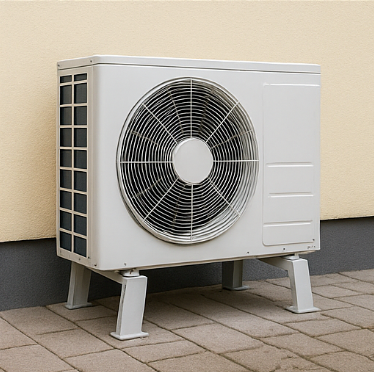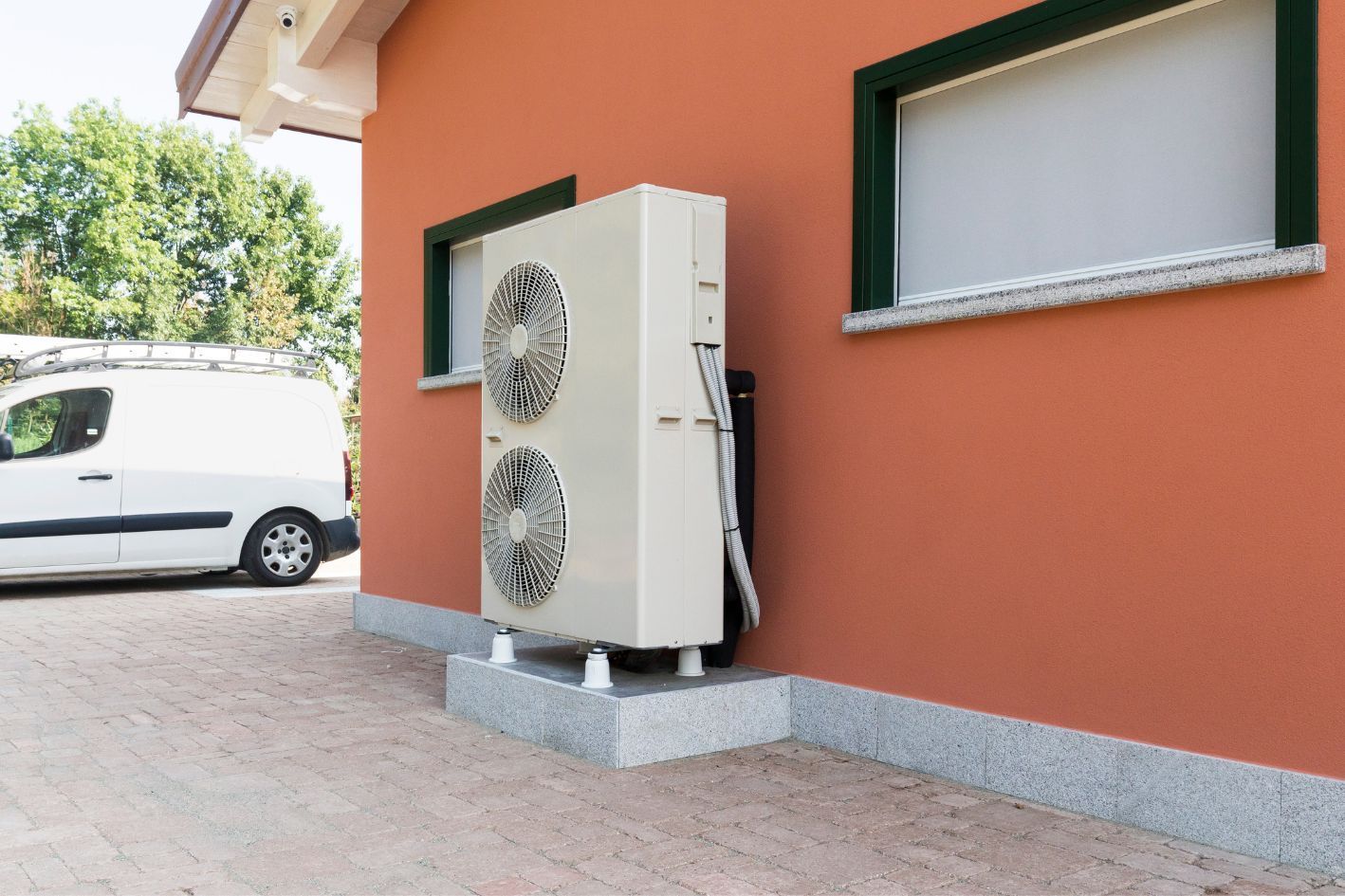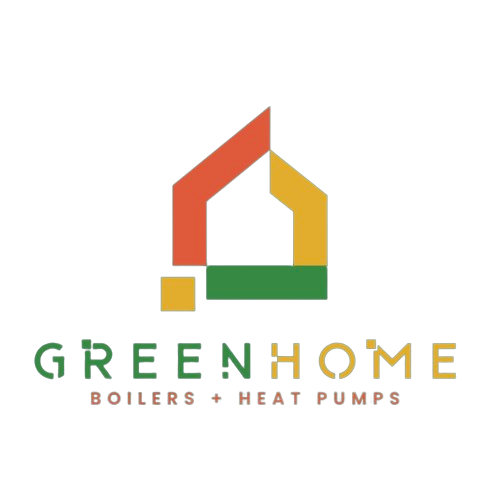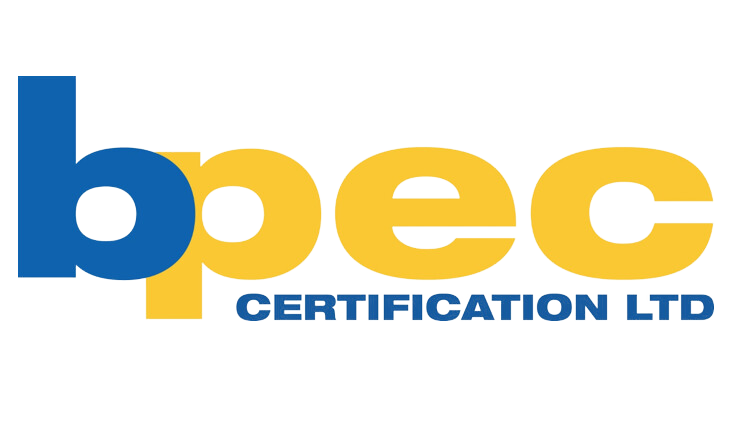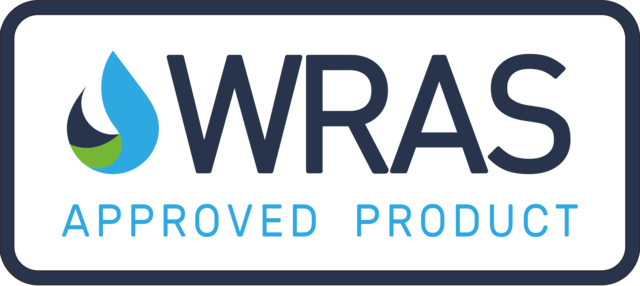Healing Environments: The Role of Air Source Heat Pumps in Healthcare Facilities
Maintaining precise environmental conditions is crucial in the healthcare sector for patient comfort, staff productivity, and medical equipment functionality.
Air-source heat pumps
have emerged as a game-changing solution for healthcare facilities, offering efficient heating and cooling while contributing to sustainability goals.
The Advantages of Air Source Heat Pumps in Healthcare
Air source heat pumps provide several benefits that make them ideal for medical environments. They offer consistent temperature control, which is essential for patient recovery and comfort. These systems also help maintain proper humidity levels, which is crucial for preventing the growth of harmful bacteria and mould. Additionally, their energy efficiency translates to significant cost savings for healthcare facilities, allowing more resources to be directed towards patient care.
The Installation Process: Minimising Disruption
Installing air source heat pumps in healthcare facilities requires careful planning to minimise disruption to daily operations. The process typically begins with a thorough assessment of the facility's heating and cooling needs, including evaluating the building's size, layout, and existing HVAC infrastructure.
Once the assessment is complete,
the installation team works closely with facility managers to create a detailed plan. This plan outlines the installation schedule, ensuring that critical areas of the healthcare facility remain operational throughout the process. The installation is often carried out in phases, focusing on one building section at a time to minimise the impact on patient care and staff activities.
Key Components of the Installation
The installation involves several key steps. First, the outdoor unit is positioned in a suitable location, typically on the ground or a flat roof. This unit extracts heat from the outside air, even in colder temperatures. Next, the indoor units are installed in strategic locations throughout the facility. These units distribute the heated or cooled air as needed.
The system is then connected via refrigerant lines and electrical wiring. Advanced controls are integrated to allow for precise temperature management across different zones of the healthcare facility. This zoning capability is particularly valuable in medical settings, where other areas may have varying temperature requirements.
Ensuring Optimal Performance
Proper commissioning is crucial after installation to ensure the system operates at peak efficiency. This involves testing all components, calibrating the controls, and fine-tuning the system to meet the specific needs of the healthcare facility. Regular maintenance is also essential to keep the air source heat pump system running smoothly and efficiently.
Healthcare facilities can create comfortable, energy-efficient environments that support patient healing and staff well-being by implementing air-source heat pumps.
Investing in this technology improves the quality of care and demonstrates a commitment to sustainable practices in healthcare.



